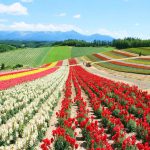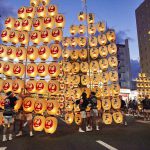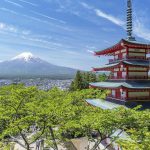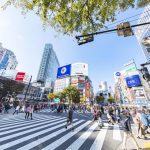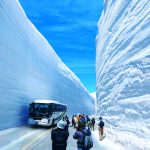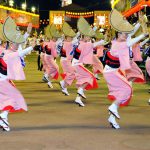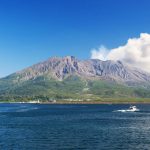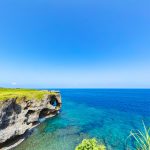Osaka
Osaka has a population of about 8.8 million, second only to Tokyo and Kanagawa, and plays a central role in the Kansai region. Since ancient times, it has prospered as the center of Japan’s politics, economy, and culture at the key continental points of land and water transportation, for example, the neighboring nations of Korea and China. In the Edo period (1603-1867), Osaka became known as a town of merchants, and the central producer of rice and other sea export products. It became the largest economic city in Japan, and was revered as “the kitchen of the nation.” As a result, there are many historical landmarks and buildings, such as ancient tombs, castles, temples and shrines in Osaka; it is highly regarded as a town of traditional crafts and gourmet cuisine, with a very diverse food culture.
Traditional performing arts such as Noh, Bunraku, Kabuki, Shamisen music, and Rakugo (Japanese comedic storytelling), which are listed on the UNESCO Intangible Cultural Heritage list, were originally developed in Osaka. Even today, the entertainment culture is deeply rooted there, and the city has produced many singers and actors, and is the source of comedy culture, such as Rakugo (comedic storytelling) and Manzai (Japanese stand-up comedy). The people of Osaka speak in a friendly dialect known as Kansai-ben; their character displays plenty of humor, and their casual, open nature makes this city a fun destination.
Dotonbori
In the center of Osaka are two major downtown areas called Kita (north) and Minami (south). Dotonbori is a popular spot in Osaka’s Minami district that has been bustling with activity from the Edo period to the present, known for its giant Glico billboard with an image of a runner with his hands in the air, and Kani Douraku (a restaurant chain; “kani” meaning “crab”) sculptures. There are many restaurants specializing in local favorites, such as okonomiyaki (savory Japanese-style pancake), takoyaki (battered diced octopus), and kushi-katsu (fried skewered cutlets). You can visit the nearby Kuromon Market, with about 150 food vendors selling fresh fish, vegetables and processed goods; and Sennichimae Doguya-suji Street, which specializes in cooking utensils.
Osaka Castle
Osaka Castle was built by Toyotomi Hideyoshi in the latter half of the 16th century, and was later rebuilt by the Tokugawa Shogunate during the Edo period. What you can see today is the one that was reconstructed in 1931, and inside the castle, there is a golden tea room; an exhibition of artifacts with accompanying videos and miniature models that provide explanations, and an observation deck with a panoramic view of Osaka.
Manzai
There are several theaters in Osaka where you can enjoy comedy, such as Rakugo (comedic storytelling) and Manzai (Japanese stand-up comedy). Namba Grand Kagetsu, the flagship theater of Yoshimoto Kogyo, is the largest “laughing hall,” where Rakugo, Manzai, short storytelling, and comedy shows are held every day.
Other highlights include the Emperor Nintoku’s Tomb, one of the world’s largest tombs built in the 5th century; Sumiyoshi Taisha Shrine which has a history that dates back 1,800 years; and Shitennoji Temple, Japan’s oldest governmental temple built by Prince Shotoku. There are also popular attractions such as Universal Studios Japan; Harukas 300, a panoramic observation deck 300 meters above ground in Abeno Harukas; Kaiyukan, one of the world’s largest aquariums; Tennoji Zoo, where polar bears are popular; and Expo Memorial Park with the Tower of the Sun by Okamoto Taro.


